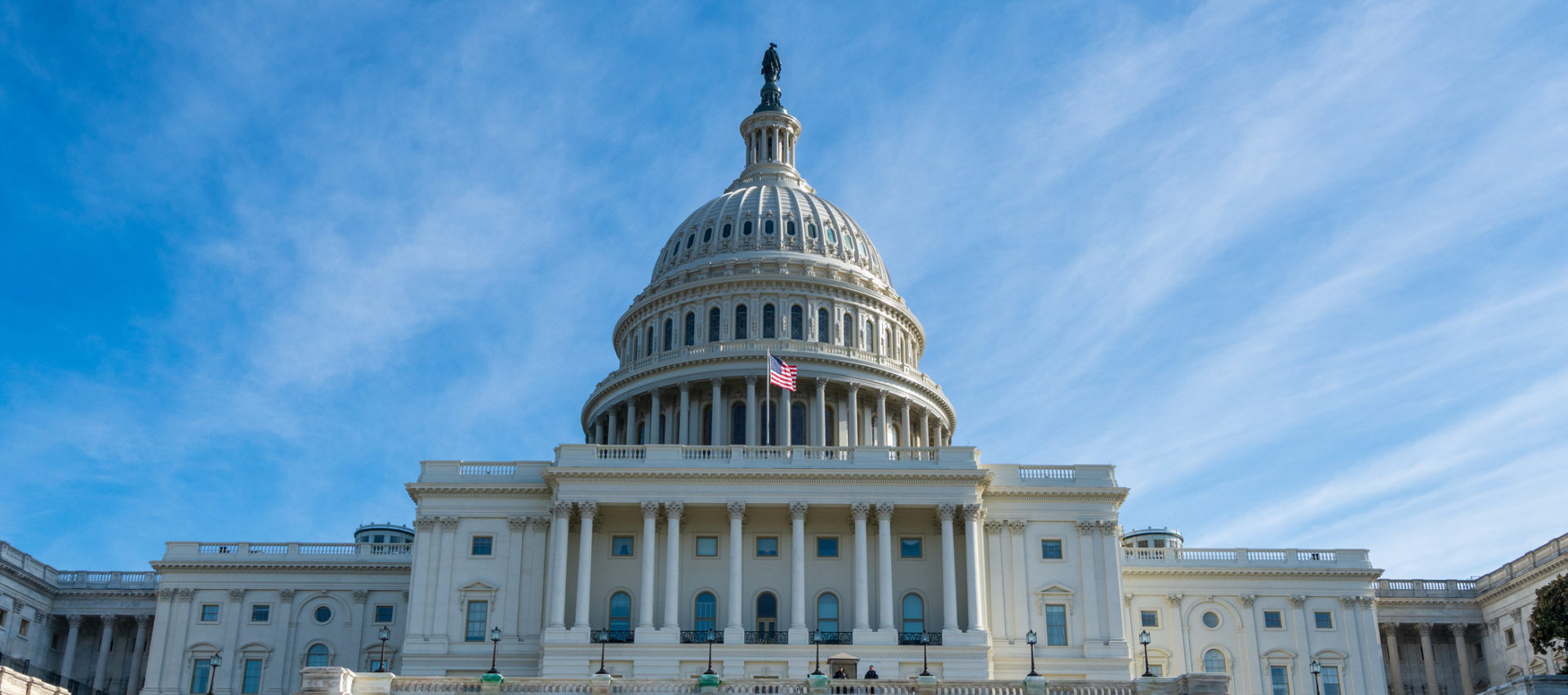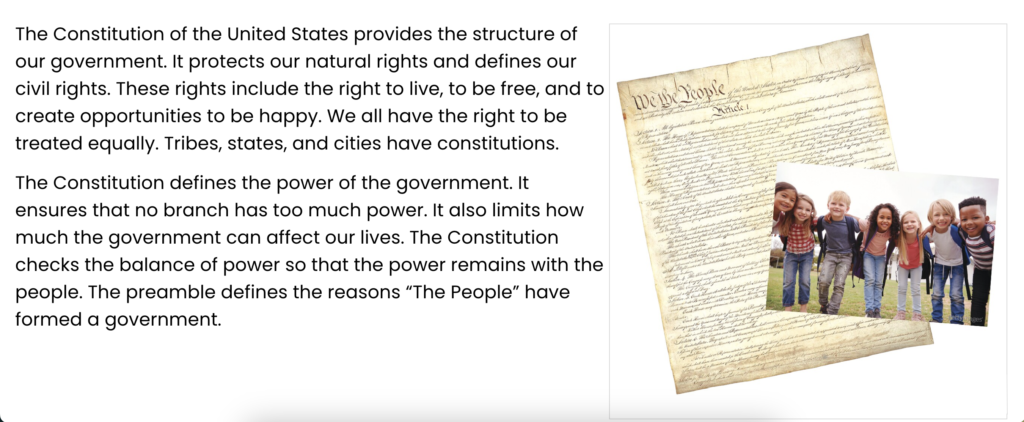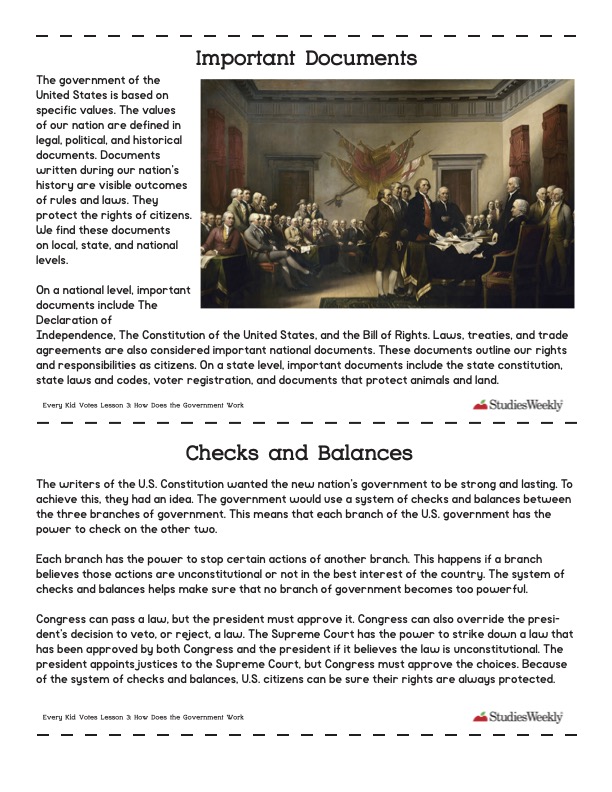Lesson 3: How Does the Government Work? (All Grades)
Weekly Summary:
When the Revolutionary War ended in 1781, the United States was left without an effective central government. The Second Continental Congress had created the Articles of Confederation, but as the nation faced the growing problems of governing a new nation, it became evident that a different format was needed.
The constitution established in 1787 laid out a government that divided the powers of officials and gave them different responsibilities. This lesson provides the students with the background in the separation of powers and federalism necessary to understand why voting for elected officials in the upcoming election is important.
Learning Objectives:
- Understand the concept of separation of powers on the federal level
- Know the three branches of government and their primary responsibilities
- Understand that the states and the federal government have both shared and distinct authority
Vocabulary:
amend: to change or add to
amendments: additions designed to make a document better
charter: a legal document issued by a ruler or a government to a person or group of people outlining agreements and granting certain rights
checks and balances: a system that gives each branch of the U.S. government the power to check on the other two
compact: an agreement
Declaration of Independence: a document to the King of England explaining the reasons for independence, providing evidence of the king’s mistakes, and outlining what the colonists intended to do about their concerns
inalienable rights: the rights to life, liberty, and the pursuit of happiness
individual rights: rights of an individual protected by the U.S. Constitution
popular sovereignty: the idea that people should be in charge of creating the government and that the government must listen to the will of the people
state constitution: an important document that lists the rules for state government, explains how a state can make laws, and describes how the state government divides and shares power with counties and cities
treaty: a legal document that is created to end a conflict
United States Constitution: the supreme law of our country and the blueprint for our government. Its purpose is to describe the duties of the government and the rights of the people being governed
Think Deeply:
Assign students to research how your state and local governments work. Have them create a diagram comparing the state and local branches of government with the national government.
Lesson Plan:
- This week, we will be learning about America’s important historical documents.
- What are some of the important documents from American history?
- Read the article “Important Documents” as a class and underline the names of important documents.
- What documents were listed in the article?
- Why are both national and state documents listed? (National and state documents both define and protect our nation’s values.)
- Invite students to read the article “The Constitution.” As a class, review the purpose and major components of the Constitution that were described in the text.
- Tell students that they’re going to take a closer look at how the Constitution protects citizens against the government taking too much power.
- Ask students to look at the images and information in the 3 branches of power graphic.
- Have students take a minute to write down what they see in the images.
- Ask students to share their observations with a partner.
- Ask students to share their observations with the class.
- Guide students to a discussion of how this helps convey the checks and balances in our government.
- Ask students to read the text independently or as a class and underline the ways in which one branch of government “checks” the powers of another branch.
- Have a class discussion.
- Why did the Founding Fathers divide the powers of government among three branches?
Weekly Assessment:
Have students write a paragraph explaining the importance of the separation of powers in the government of the United States.




